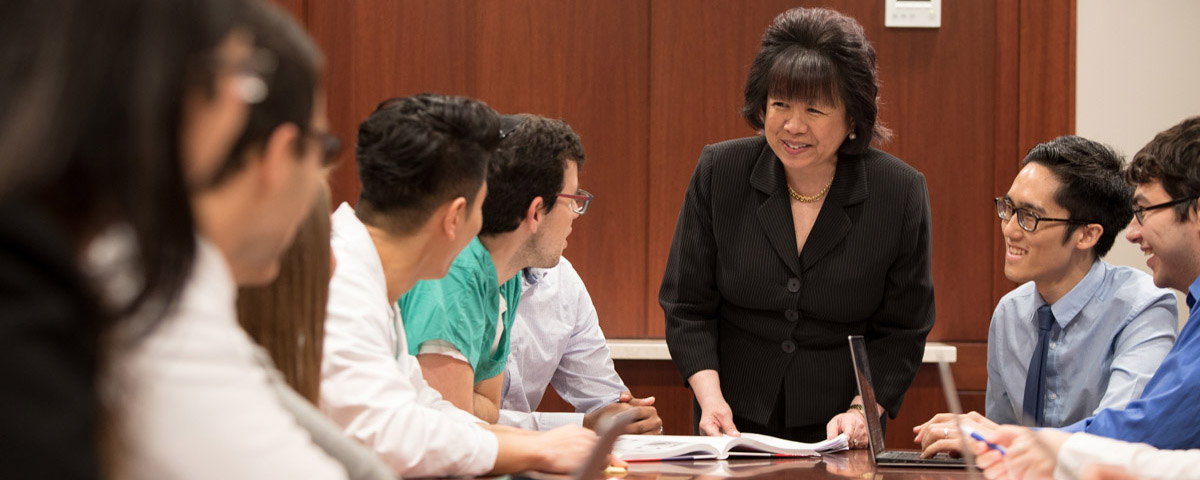Education
Diagnostic Radiology Residency Curriculum
The Department of Radiology's Diagnostic Radiology Residency curriculum follows the recommendation of the Association of Program Directors in Radiology and complies fully with the requirements of the American Board of Radiology.
Throughout the program, residents rotate annually through all 10 divisions of the department, including:
- Neuroradiology
- Cardiothoracic Imaging
- Body Imaging
- Ultrasound
- Nuclear Medicine
- Vascular and Interventional Radiology
- Pediatric Radiology
- Musculoskeletal Radiology
- Breast Imaging
- Emergency Radiology
First Year: Fundamentals of Radiology
- Radiology 101: This two week "boot camp," held at the start of residency, introduces new residents to fundamental concepts they will start to use while on rotation and on-call.
- Four weeks of dedicated emergency department (ED) plain film interpretation.
Second Year: Increasing Independence
- Two weeks of dedicated ED plain film interpretation.
- One week of a dedicated magnetic resonance imaging (MRI) physics course.
- Four weeks of night float, typically taken as two, 2-week blocks.
- Two weeks of dedicated research time.
Third Year: Delving Deeper
- Four weeks at the American Institute for Radiologic Pathology course in Silver Spring, MD.
- Two weeks of night float.
- Two weeks of positron emission tomography/computed tomography (PET/CT) at our outpatient Nuclear Medicine facility.
- Two weeks of dedicated research time.
- Increased time on Mammography rotations.
- One week of a dedicated MRI physics course, as an adjunct to boards study.
- Preparation for the Core Exam while balancing goal-directed learning and ongoing participation on clinical services.
Fourth Year: Tailored Experience
This revised curriculum reflects changes in the structure of the American Board of Radiology (ABR) examination schedule and is designed to offer increased sub-specialization.
- Mini-fellowship or research for 16-24 weeks.
- Extensive elective time.
- One week to attend the Radiological Society of North America or another scientific meeting.
- One week to attend the Advanced Interventional Management (AIM) Symposium in Manhattan.
- Additional time on Mammography, Nuclear Medicine, PET/CT, and subspecialty ultrasound to meet ABR and departmental requirements.
The majority of clinical rotations take place at Montefiore's Moses Campus, with select rotations at Weiler Hospital, Wakefield (North) Division and Montefiore Medical Park. Residents working outside of the Moses Campus participate in daily teaching conferences via a two-way audio/video teleconferencing link.

